Third Saturday Online: Movement and Dancing in Art
Have you ever seen a painting or drawing that looked like the artist was dancing while making it? Let’s look at art in the UMFA collection that has lots of movement in it. We’ll then explore our own way of moving and dancing while making art.
There are many ways to focus on a work of art—for this conversation, we are going to look specifically at movement and art-making techniques.
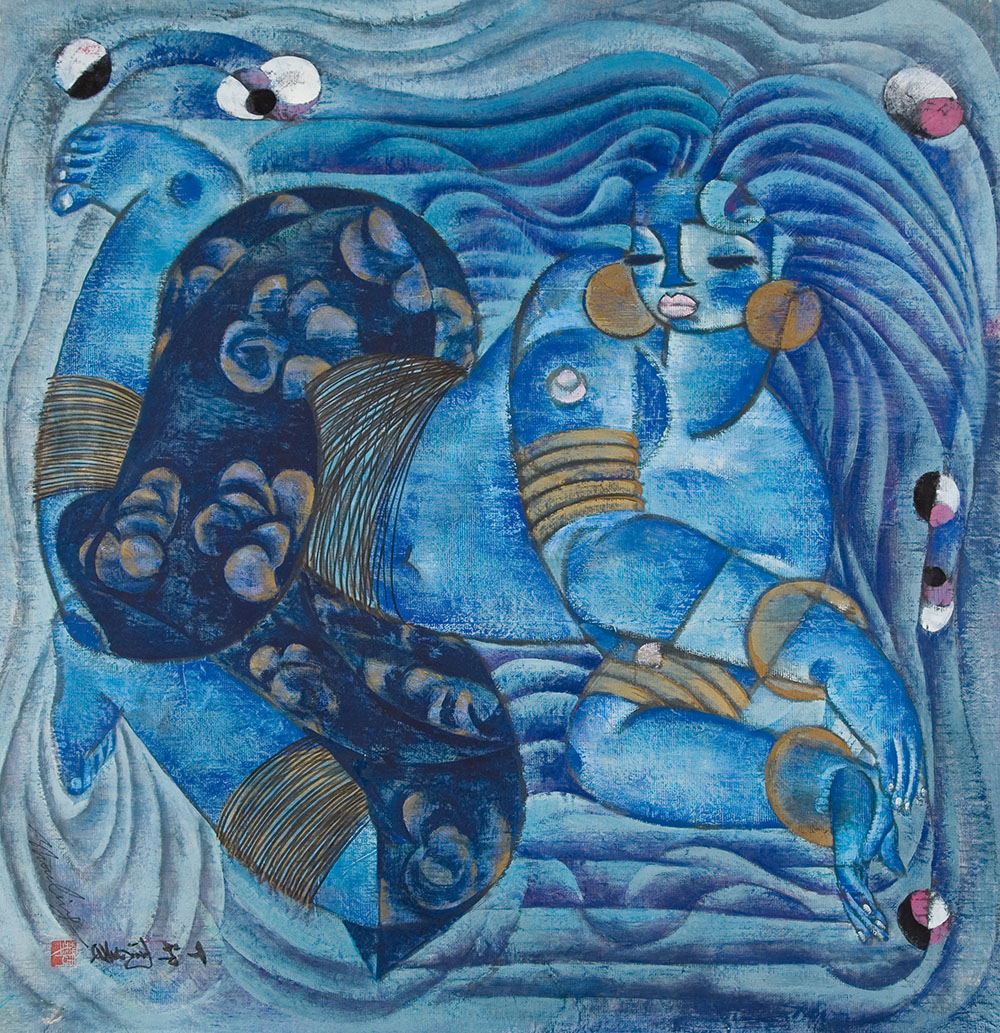
Look closely at this painting. The woman in the picture looks like she is moving. What movements is she making? Try moving your hands and body like you think she is. Are you moving fast or slow? Smooth or jerky? What details in the picture make you want to move that way?
The title of this work of art also helps us figure out how the woman is moving. Read the title, it can give a clue as to where she is. Not only does the mermaid looks like she is moving and dancing, but the lines around her give the feeling of movement. What lines and shapes will you make on your drawing to give the feeling of movement? Will the lines show smooth or jagged motions? Will they be large, sweeping motions or small, tiny ones?
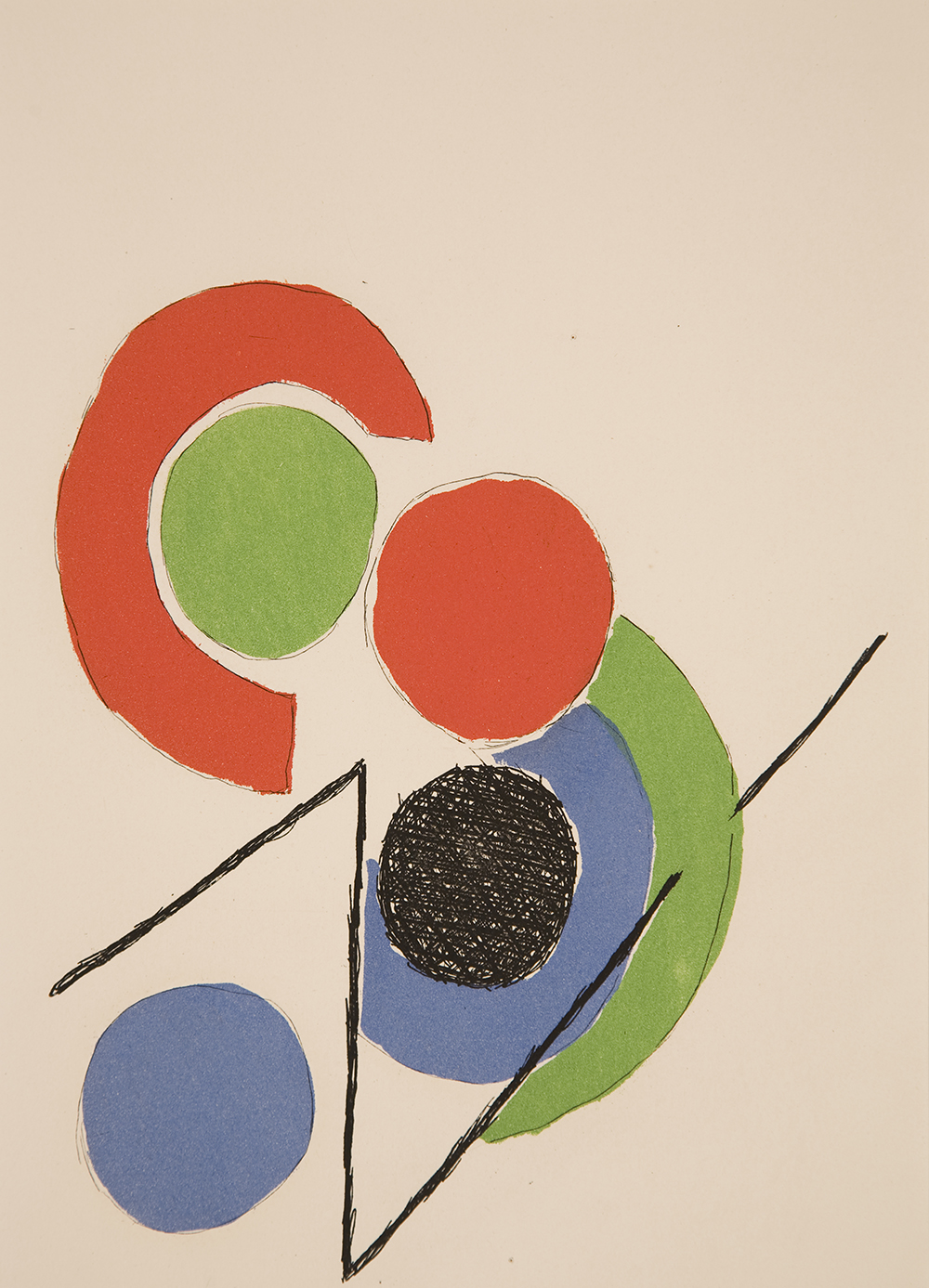
This work of art is abstract, which means it isn’t trying to look like something in the world, but instead shows shapes, forms, colors, and textures. Even though this artwork isn’t showing an object or scene, you can still see movement in it. Follow the black line with your eyes. What moves are your eyes making? Now point to the red areas and trace them with your finger. How are these movements different?
What movements did the artist make when she created this art? Do you think the movements of her hands as she was drawing are similar to the movements of your eyes and hands?
How you move when drawing is reflected in the marks you make on paper. Try making a jagged line with a smooth movement. It’s hard to do! Think about the movements you make when creating your own drawing.

This artwork uses color to express movement. Try moving your body like the painting. What movement does it inspire you to do? Would you change your movement if the color were bright yellow?
This artwork uses color and texture to express movement. How do you describe this painting? Brainstorm some descriptive words - soft, blurry, warm, fuzzy, etc. Now, try moving your body with some of the words you collected. As you look at the painting can you move your arms softly? What does it take to blur the space behind you with your back? How do you express warmness with the movement of your legs? What other words and movements does this artwork inspire? Would you change your movement if the color were bright yellow?
Try making a series of movements inspired by this artwork. This is a dance! Now try creating your own dance and then making a drawing that looks like your dance. What shapes, lines, and colors will your dance drawing have?
Let’s draw and move!
After being inspired by the UMFA artwork, you can make your own drawings using different movements.
What you will need:
- Paper
- Drawing materials such as:
- Crayons
- Markers
- Colored pencils
- Color sticks
- Colored pens
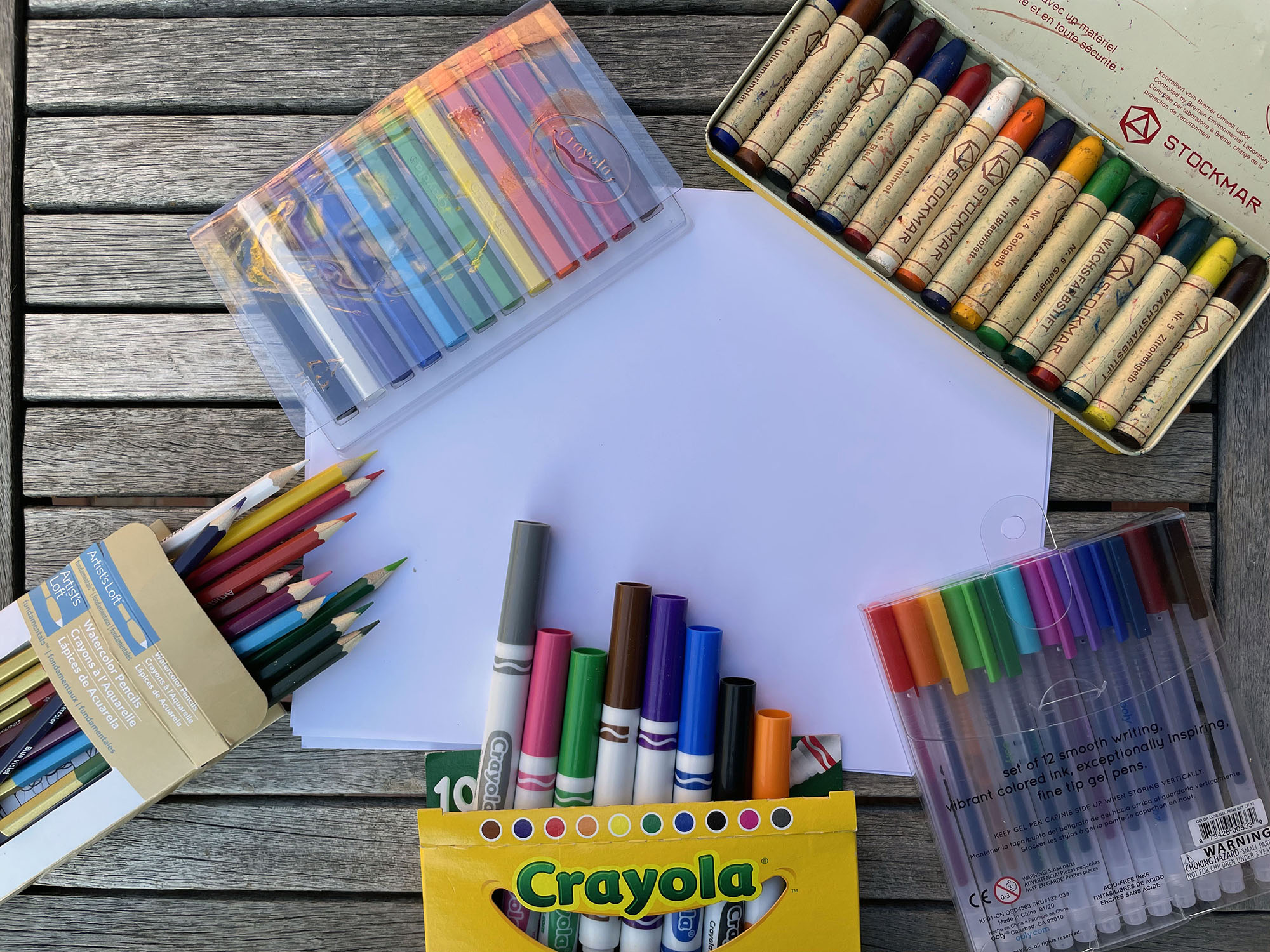
Activity:
We are going to try different experiments for drawing with movement.
Drawing motion
Take one color of crayon, marker, or pencil and a piece of paper. Hold the crayon in the air and make a quick slashing motion. Now do the same on the paper. Make a smooth, wavy pattern in the air and then try it on the paper. What does the motion of quick jabs look like on your paper? What other motions can you try out? When you are done, give the paper to a friend and see if they can tell what motions you made to create each line or shape on your paper.
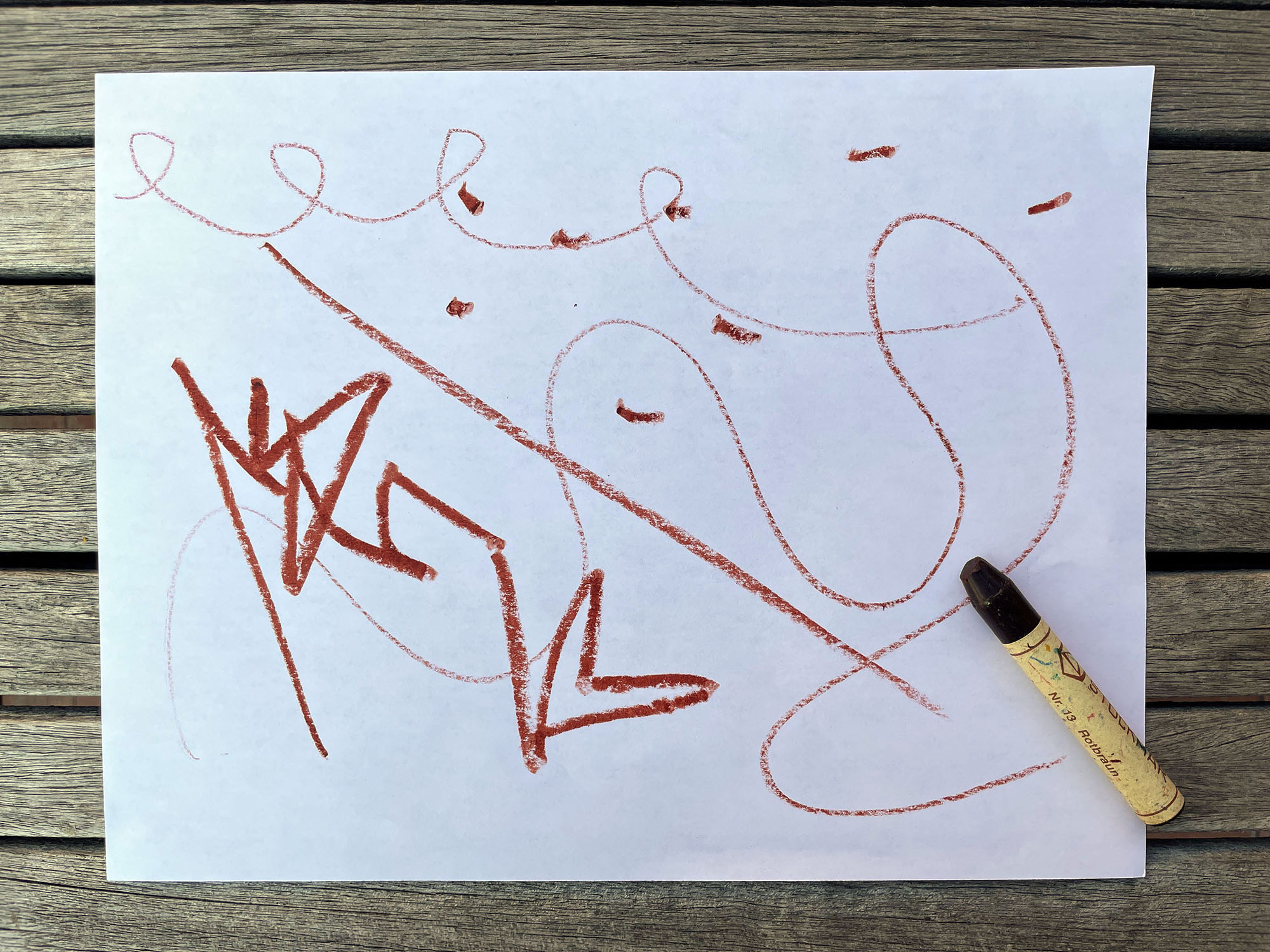
Drawing moods
Let’s think about moods and how they change our motions when drawing. A mood is how you are feeling or your emotions. Think about something calm and relaxing. Maybe it is a soft cool night or floating in a quiet lake – whatever you think is calm. Now choose a color that is calm to you and make a shape on your paper.
Next, think of something that makes you angry. Maybe you think about when you stubbed your toe, or when you dropped an ice cream cone. Choose a different color and, on the same piece of paper, make some lines and shapes that are angry. How are the lines and shapes different?
Now choose two different moods and make another drawing. See if a friend can tell what mood you have made.
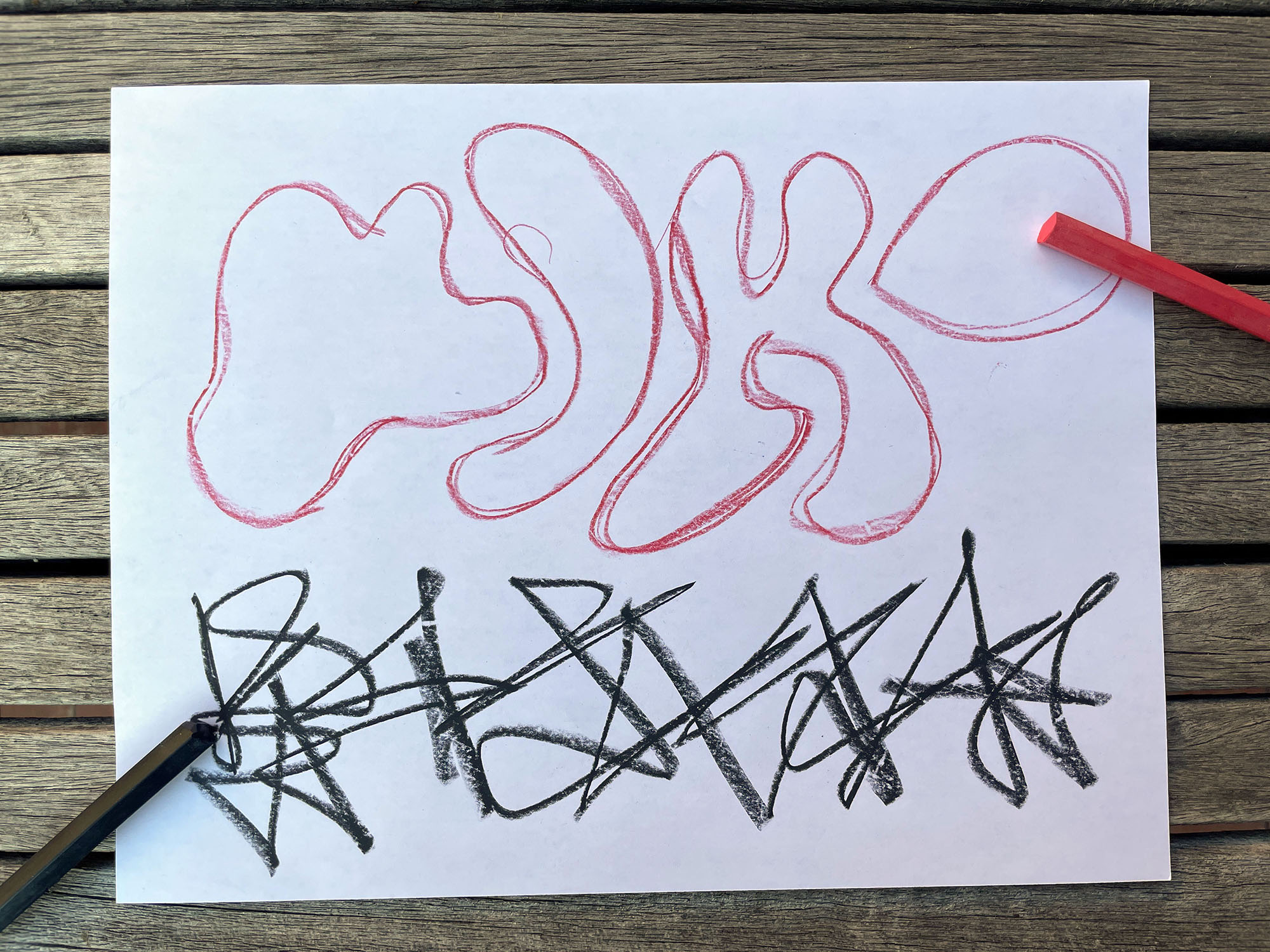
Drawing a setting
Remember the first painting that showed the mermaid? It looked like she was underwater because of the wavy motion of the lines around her. What other ways can you show a place through motion lines? How about heatwaves in a desert? Or billowing clouds on a stormy day? What kind of moves and lines could you make to show a lightning storm?
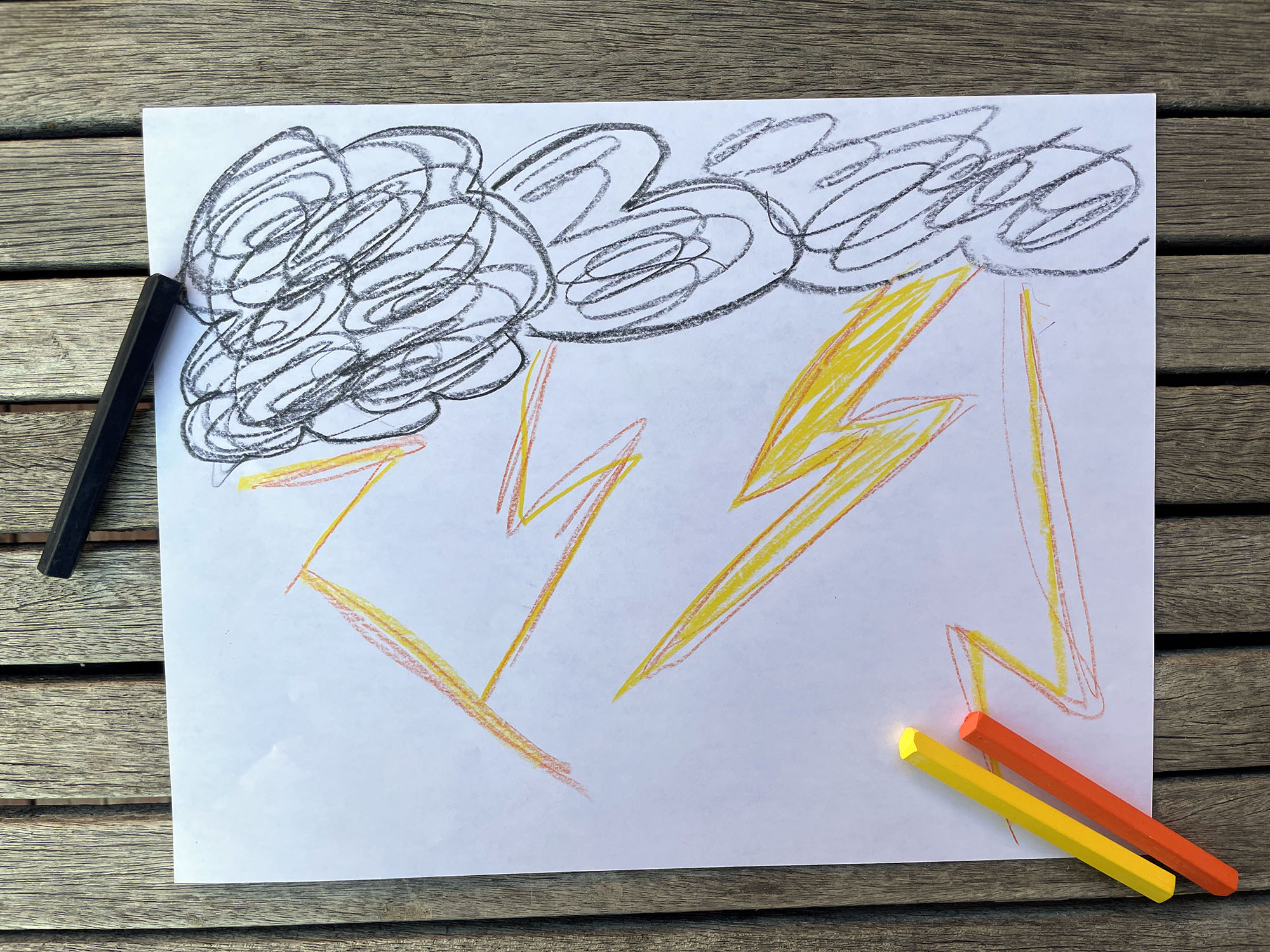
Drawing a dance
Let’s put all our experiments together and draw a dance. Think of a setting or a mood you want to show. What movement will help you create that setting or mood? Start moving, but remember the moves you make so you can put those down on paper. Choose colors to help you create your dance on paper. Your work of art is not only a drawing, but also a dance as well!
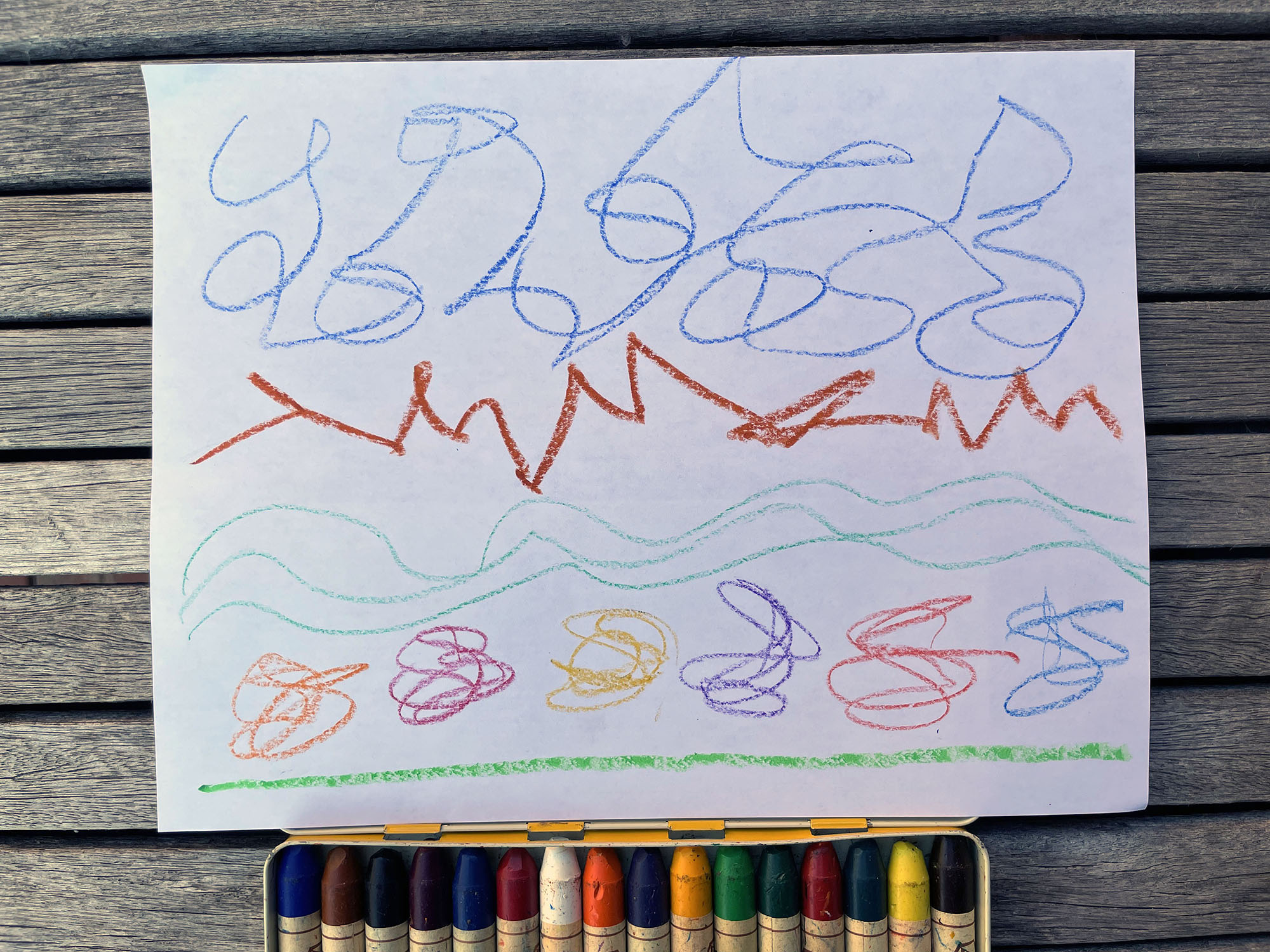
Now make up your own experiment with movement, dance, and art. Have fun!
Want more Movement and Art?
Watch Creative Leaps: Inspirations from Contemporary Art and Dance.
Join Ririe Woodbury Dance Company and the Utah Museum of Fine Arts as we dance, doodle, and discover the dynamic world of contemporary art and dance! Creative Leaps guides K-6 students on a diverse journey to react and respond to amazing works of performing and visual art. Through an exploration of storytelling, elements, and the similarities and differences between art forms, students will be empowered to creatively and actively express their own ideas and feelings about the world around them and learn that sources of inspiration can be found everywhere.
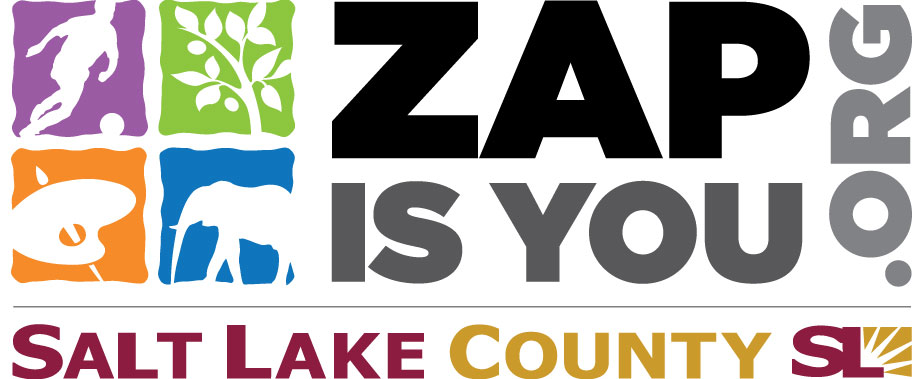
Third Saturdays are funded by Salt Lake County Zoo, Arts & Parks
